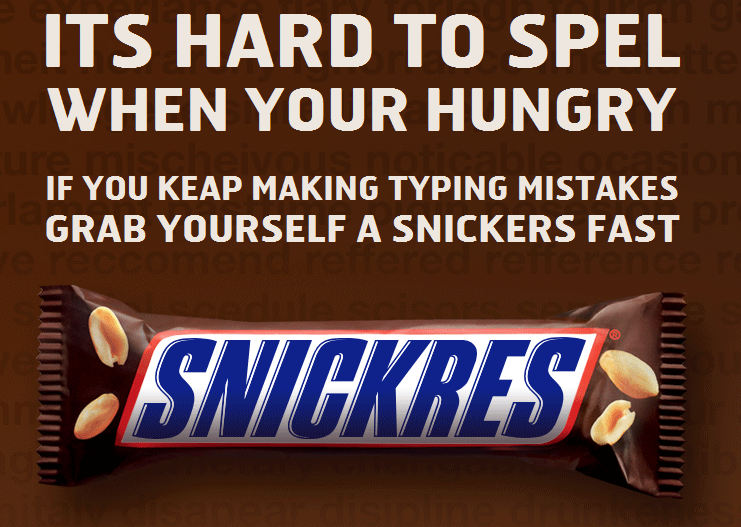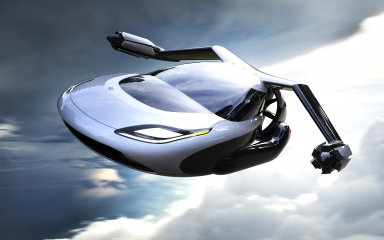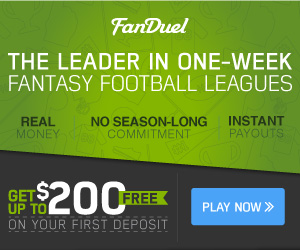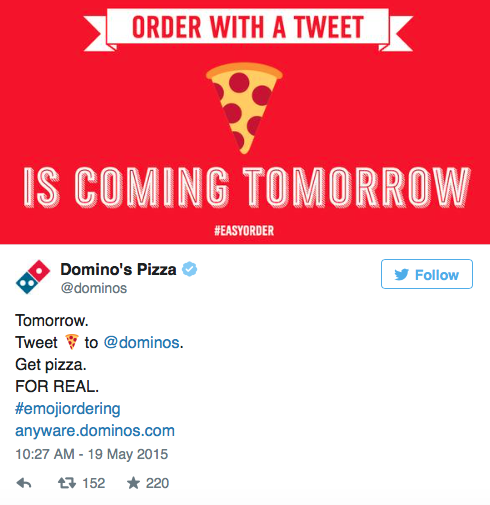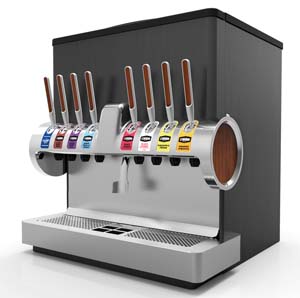Last week, outdoor and camping retailer REI announced it would be closed for Black Friday, one of the biggest retail shopping days of the year. This gutsy move will pay off in spades over the long-term, increasing both customer and employee loyalty. CEO Jerry Stritzke has decided to buck the traditional retail mentality of being open on the biggest shopping day of the year and put the brand and his employees first.
If you go to the REI website, you’ll see a countdown page to Black Friday and an open letter from REI CEO Jerry Stritzke which is simple and to the point. Here it is:
“You read that correctly. On November 27, we’ll be closing all 143 of our stores and paying our employees to head outside. Here’s why we’re doing it. For 76 years, our co-op has been dedicated to one thing and one thing only: a life outdoors. We believe that being outside makes our lives better. And Black Friday is the perfect time to remind ourselves of this essential truth. We’re a different kind of company—and while the rest of the world is fighting it out in the aisles, we’ll be spending our day a little differently. We’re choosing to opt outside, and want you to come with us. “We’re closing on Black Friday and going outside. Since 1938 we’ve been bringing you great gear and services to get you out there too. That’s our story.”
This is a brand that is not tempted by short-term gain. REI is more focused on long-term growth and, most importantly, staying true to the brand promise of embracing the outdoors and supplying outdoor enthusiast with the advice and gear they require to enjoy their passion. My guess is the national PR attention this has and will garner over the coming weeks will be more powerful in engraining the REI brand into our culture and life than any amount of paid advertising. And to boot, REI is making Black Friday a paid holiday for its employees.
Bravo to REI for being fearless and staying true to their brand. I plan to partake in the outdoors as well on Black Friday…and I plan to buy a few Christmas gifts from your store this holiday season.
If you’re a brand focused on thinking about the big-picture and about long-term success, let us know. We love hearing stories like this.
[gl-hs-form form_id=’1863abe3-c1e4-43d0-a298-c7b132f8ce03′]

